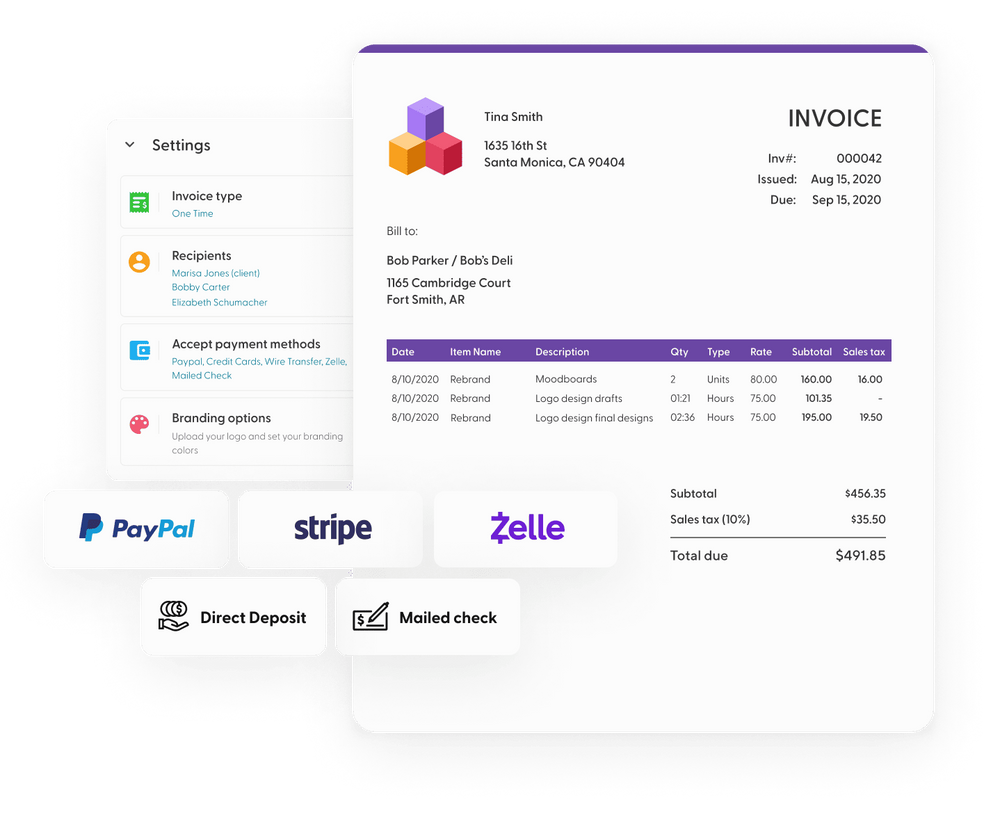Most content creators start making videos and writing blogs because of pure passion and love for what they do. However, if you are serious about making a living from your content, you'll need to invest in more professional equipment, props, and digital and physical tools to keep raising the bar. You'll also need to invest more of your time in planning, writing, and executing your content.
In order to keep going, you'll need to find ways of making money from your content through brand sponsorships, corporate clients, and digital advertising.
Importance of content creation in today's digital world
The good news is that virtually all businesses need content in a digital world. Content can take various forms, including articles, blogs, videos, and social media posts. If you find yourself in a position where you need to explain why a company needs to partner with you and use your content, you can break down the benefits as follows:
- Good content increases brand awareness, visibility, and reach to their target audience by leveraging the audience the creator has built up.
- Good content can help businesses engage their target audience on a deeper level by providing them with information and entertainment relevant to their needs and interests.
- Great content leads to leads! By creating and sharing content that shows how the company can address the needs and pain points of the target audience, businesses can generate leads and build a pipeline of potential customers.
- High-quality, keyword-optimized, and tagged content can improve search engine rankings, making it easier for their target audience to find their business online.
- Valuable and relevant content will attract more traffic and new audiences to the website, providing new opportunities to convert prospects into customers.
- By sharing expertise-based content, businesses can establish themselves as thought leaders in their industry.
It's clear that content creation is a valuable skill and that businesses are in desperate need of your services. There will be opportunities to monetize and sell your work, but it will require a strategic, professional approach.

Making money from content
Content creators can earn anything from $45,320 to $140,000 per annum for their work. If you'd like to land on the upper end of that pay scale, you need to set yourself up for success from the start. Before we dig into monetization strategies, we have to examine how to maximize your content and establish yourself as a content creator so that you can earn money from your social media and content services.
Assessing the market demand for your content
Thanks to the popularity of TikTok, Facebook, and other social media platforms, billions of people around the world are content creators—whether they make money from their efforts or not. If your goal is to make a living as a content creator, you have to stand out from the crowd.
Content creators make money in two ways: they either create digital content that is white-labeled or ghost-written for brands who don't have the same in-house skills, or they build large and loyal communities online that brands would like to speak to, or that buy their own merchandise, subscriptions or exclusive content. Whether you want to establish your own business or work for clients, you need to find out what the demand is like for the content you'd like to produce.
Do keyword research
We've spoken about keyword research in our how-to guides, The Ultimate Guide to Content Creation Strategy and Why You Need a Content Niche (and How to Find One), if you need a more in-depth overview. Use tools like Google Keyword Planner, Google Trends, or other keyword tools to find out what topics are being searched for and what type of content creators are most in demand.
Carry out a competitor analysis
What content are your competitors putting out there? What premium content are they offering behind their paywalls? Do an analysis to see what type of content brands (and followers) are willing to pay for. That way, you can find a niche or gap in the market to leverage.
Industry reports and surveys
You may have quit your high-profile job in finance to become a social media content creator, but that doesn't mean you shouldn't stay in the loop. On the contrary, staying up to date with the latest industry trends will give you insight into what type of information is relevant and in demand among your target audience, including the businesses you'd like to create content for.
Choosing the most profitable platform
Creating digital content is important, but as every Communications 101 Major knows, you need the right medium and the right message. Putting the right content on the wrong platform won't help you reach your financial or audience goals.
Social media platforms
Social media platforms such as Instagram, Twitter, and TikTok are great for reaching a wide audience and building a loyal following. Once you have an established community online, you can sell merchandise or community-exclusive content, earn a passive income as an affiliate marketer or establish brand partnerships to promote goods and services to your audience. The benefit of creating content for social media is that there are consistently high levels of engagement and interaction—and many ways to make money.
However, the space is highly competitive, and most social media sites have strict content guidelines you'll need to adhere to.
Blogging platforms
Blogging platforms like WordPress, Medium, and Blogger offer a more conventional, long-form approach to creating content online. You can create in-depth articles and tutorials and build up a steady audience of loyal readers. There are a few ways to generate revenue from blogging, including branded content, sponsored posts, ad revenue, and subscription services, as well as in-platform monetization features. However, the reach will be much smaller than social media, and it will take some skill and effort to build your audience.
Video sharing platforms
Video content is more popular than ever, and many TikTok YouTube creators have become celebrities in their own right. You can use these platforms to reach a very large audience through visual content and earn money through revenue sharing and brand deals. Like social media, the space is highly competitive.
The potential to make money on these platforms shouldn't be your only consideration, however. You should also take the time to identify where your target audience is most active and choose the best platform for reaching them. Next, consider the monetization options for each platform. Do you want to earn a passive income through an affiliate program or a steady income stream through subscriptions and online courses? Do you want to become a brand and sell goods to your audience, or is your ultimate goal to work with other brands to promote their products?
You should also carefully review whether or not the platform is a good fit for your brand. Some platforms have strict content guidelines and rules that can limit your creative freedom. Make sure that you choose the platform that has the best monetization potential and offers the biggest potential for success.
Building a strong and sellable brand and personal image
As a content creator, your earning potential is tied closely to your brand image. Whether you want to position yourself as a specialist corporate ghostwriter or a popular social media influencer, you need to work on your own brand before you can start landing brand deals with other companies!
Make sure that your brand image is consistent across all of your social media accounts. Your brand image should reflect your values, personality, niche, and the type of content you create. Make sure that you use the same color palette, font, and logo across all platforms and content and that your interactions with your target market are aligned with the image you'd like to project.
While making money may be the end goal, you have to earn the loyalty and affection of your audience over time. Share consistent and high-quality content at regular intervals and take the time to respond to comments.
Finally, don't forget to start working on a professional portfolio from the start. Your portfolio can showcase your work and demonstrate your skills to brands when you are pitching for sponsorships. Find a platform where you can share your best work in an attractive and appealing way. Add descriptions to each piece, relevant information about your experience and education, and any demographic information about your audience you may have.
By building your personal brand through social media and creating a professional portfolio, you'll find it much easier to increase your earning potential and reach your monetization goals.
Monetizing your content
Content creators can make money in a number of different ways across various platforms. We covered monetization strategies in our Ultimate Guide to a Content Creation Strategy, but here's a quick recap:
- Advertising and sponsorships, where content creators earn money by placing ads on their blog or social media channels or producing sponsored posts and videos.
- Affiliate marketing, where the content creator promotes a product and shares an affiliate link in order to earn commission from sales.
- Selling products and services, including e-books, courses, digital content, consulting, or even merchandise and physical products.
- Crowdfunding, whereby the content creator raises funds through platforms like Kickstarter, usually to finance their next project.
Different platforms offer different monetization options. In this next section, we'll explore the various options in greater detail.
Blogger
Monetization on Blogger is primarily through Google AdSense, which allows you to display banner ads and text ads on your blog and earn money from clicks or impressions. Content creators earn money by receiving a share of the revenue generated from clicks on those ads.
To use AdSense on a blog, you will need to sign up for an AdSense account and add the AdSense code to your blog's HTML. The ads that appear on your blog will be targeted to your content and the audience that visits your site, and you will earn money each time someone clicks on one of the ads.
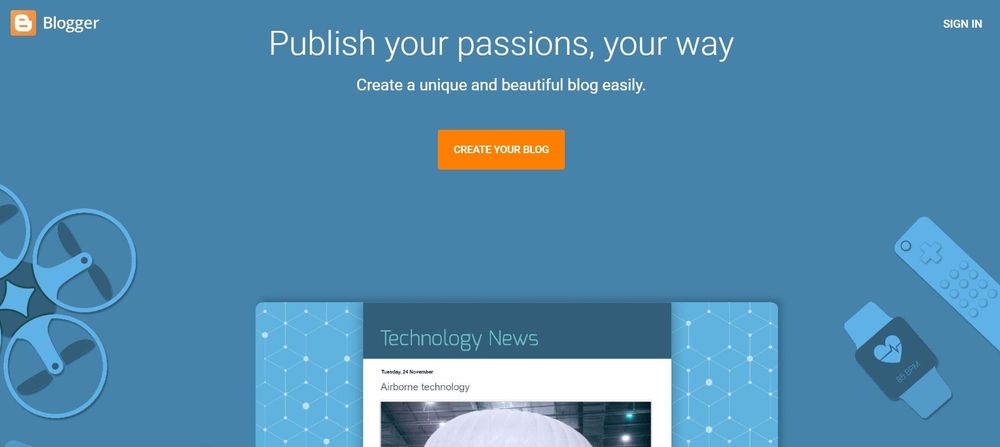
Medium
There are a few options to monetize your content on Medium. Medium's Partner Program allows content creators to earn money based on the engagement their articles receive. Creators are paid based on the amount of engagement their articles receive, including views, claps, and recommendations.
Content creators can earn money by creating sponsored posts on behalf of brands, including product mentions, reviews, and other forms of advertising. You can also earn commission through affiliate marketing programs.
If you have a large following, you can offer host exclusive content for your regular subscribers for a monthly fee through Medium's Membership program.
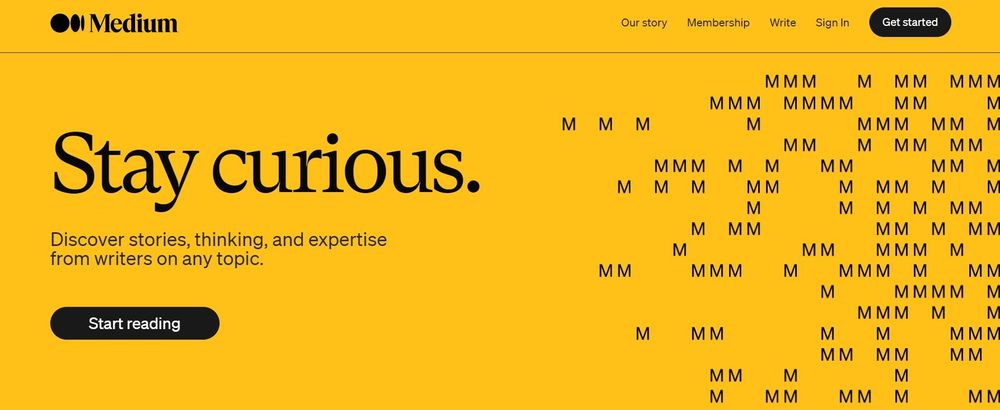
YouTube
YouTube content creators can use a number of monetization options, including Google AdSense, YouTube Premium revenue, Channel Memberships, Super Chat, and YouTube merchandise.
YouTube Premium is a subscription service that offers ad-free viewing, access to exclusive content, and background playback. As a content creator, you can produce exclusive content as part of the YouTube Premium offers to earn extra revenue from subscribers.
Channel Memberships is a feature that allows viewers to pay a monthly fee to access exclusive perks and content from a creator, like member-only live streams, custom emojis, or early access to content.
Super Chat is a feature that allows viewers to pay to have their messages highlighted and displayed prominently in the chat during a live stream. Creators earn a portion of the revenue.
You can also sell branded merchandise directly through the YouTube Merchandise program to earn a profit from the sale.
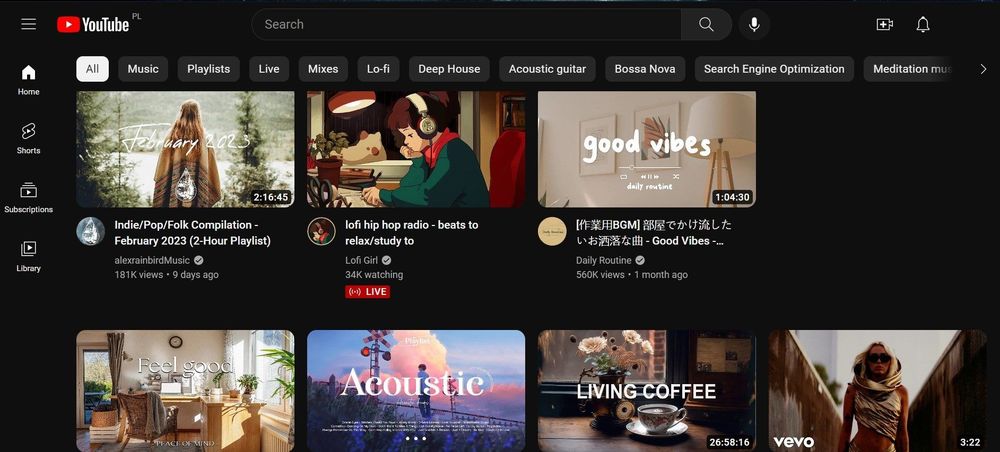
TikTok
TikTok offers monetization through in-app purchases, brand partnerships, and TikTok Live Gifts. The platform has its own in-app digital currency known as "Coins." Your fans can buy and use Coins to send virtual gifts to creators during live streams. You earn a portion of the revenue from the sale of the Coins used. TikTok Live Gifts is a similar feature that allows users to send virtual gifts to creators during live streams. You'll earn money from the gifts received during their live streams, but the amount depends on the number and value of the gifts that have been received. The most lucrative way to earn money on TikTok is to partner with brands to produce sponsored content, product reviews, and influencer marketing campaigns.
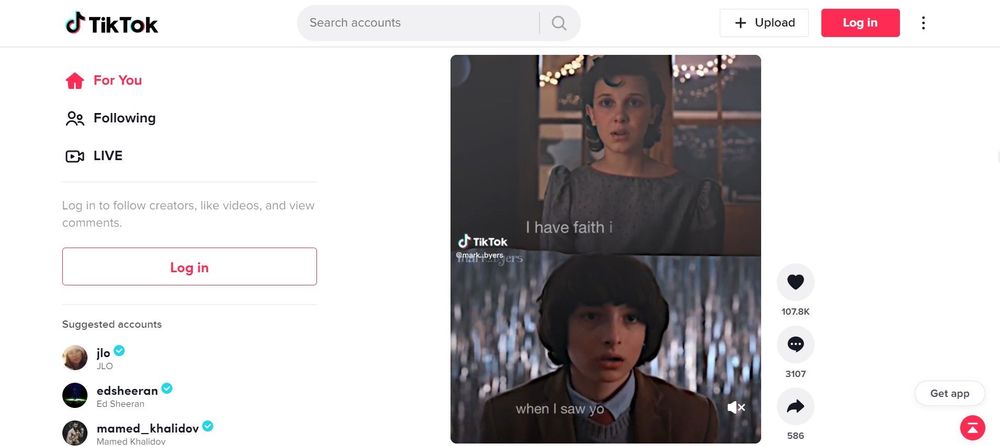
Facebook offers monetization options for creators and publishers through Facebook Ad Breaks, Stars, and branded content.
Facebook Ad Breaks is a program that allows eligible video creators to insert mid-roll ads into their videos to earn ad revenue. The advertiser pays Facebook to display their ad, and you'll receive a portion of the proceeds. Your fans can also send you Stars, a feature that enables users to send virtual gifts during live streams. You can exchange Stars for money.
Like TikTok, you can also earn money through sponsored posts, product reviews, and other forms of advertising.
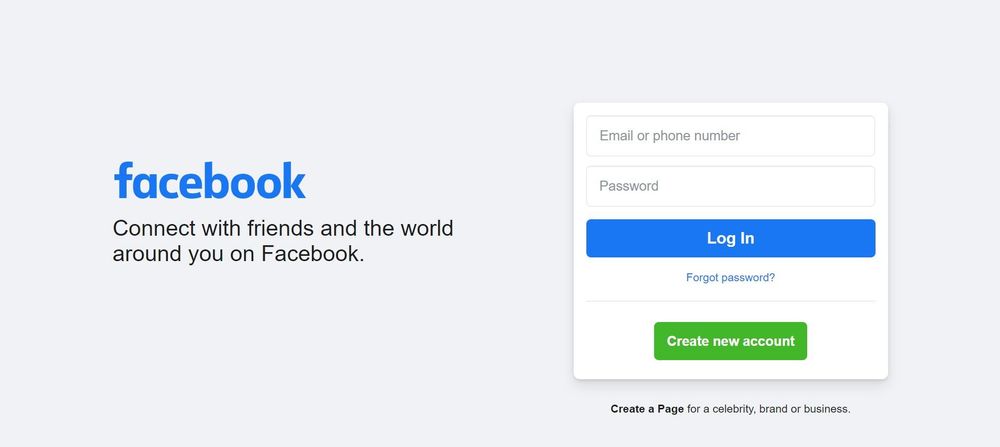
Content creators can earn money by creating sponsored tweets or branded emojis for companies. You can also become part of the Twitter Amplify program, which allows creators to earn money by promoting sponsored video content on the platform.
Like Facebook Stars, Twitter recently introduced a Tip Jar feature that allows users to send cash tips to creators. You'll earn a portion of the tips if you are eligible for the Tip Jar feature.
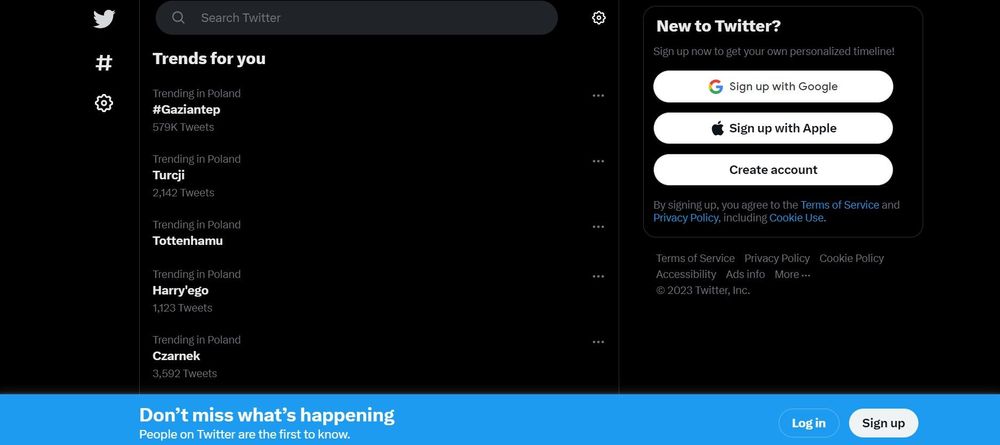
LinkedIn isn't just a networking site for professionals. LinkedIn offers a paid learning platform called LinkedIn Learning, where content creators can earn money by creating and selling online courses. If you are an expert in a particular niche, this is a great option for monetizing your skills.
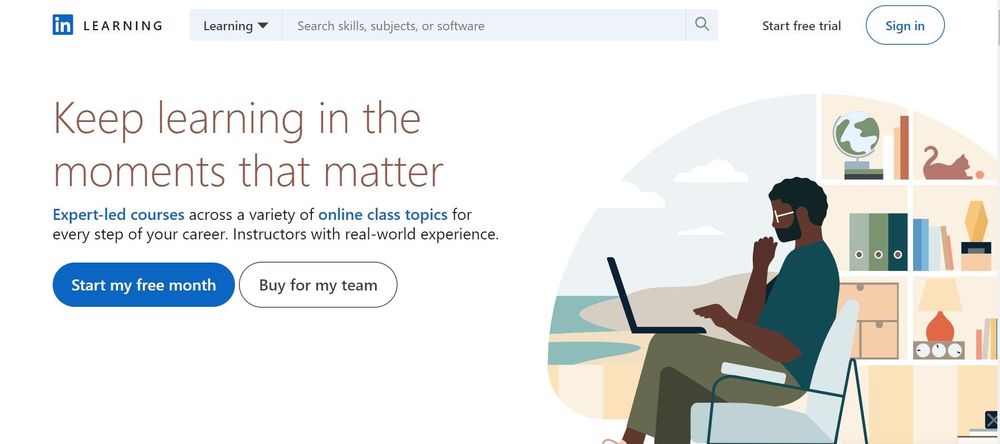
You can earn money on Instagram through sponsored posts and brand partnerships, as well as affiliate links. One unique feature that Instagram offers is Instagram Shopping. Businesses can create shoppable posts, which creators can promote in exchange for a commission or as part of a sponsorship deal.
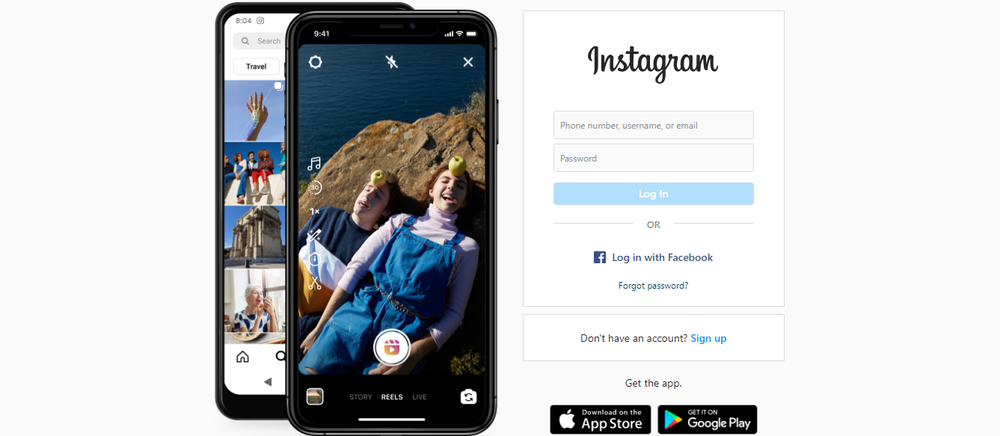
Calculating what to charge for your content
One of the most important decisions you'll need to make as a content creator is how much to charge for your work. If you overcharge, you risk scaring off potential customers. Undercharge and your hours will be taken up by clients that are underpaying instead of working with brands that offer you a fair market rate.
There is no exact formula that will determine how much you should charge, but there are a few steps you can take to arrive at a good rate:
Market rates
How much are other content creators charging for their services in the geographic location you are targeting? A qualified tech copywriter in the US can easily charge $2 per word, while a novice generalist copywriting in India might charge $0.02 per word. A mega-influencer with hundreds of thousands of followers can charge $10,000 for a post; the average micro-influencer earns around $200 per post. Join a few industry forums on Reddit, look up salary information on Glassdoor, and ask any peers you may have in the industry what a good rate is. Don't sell yourself short, but don't price yourself out of the market, either.
Time and effort
How much time do you invest in creating your content? This includes researching, writing, editing, and promoting content, along with the time you spend learning new skills and techniques. You need to understand the full value and investment before you determine your hourly rate.
Value to the client
What do you bring to the table for the client? Are you producing high-quality content that builds their brand image? Increasing their reach on social media? Did you increase their sales? Being a successful content creator is not always about having the most followers, but about the impact you can have on the client's bottom line.
Cost of living
Everybody needs to pay their rent and cover their expenses—including content creators. If you want to become a full-time content creator, you should also consider your cost of living to help you determine your rate.

Conclusion
Content creation can be an extremely lucrative and rewarding field, but you need a solid monetization strategy in place if you want to become a full-time content creator. Make sure you understand the demand for your content by conducting research. Choose the most profitable platform with monetization and content policies that suit your needs and audience.
Once you've built a strong and sellable brand, start monetizing your content through the various channels' formal programs and submit pitches to brands you'd like to work with.
Finally, make sure that you calculate a fair and sustainable rate for your work. The journey may not be easy, but the rewards will be worth it. When you're ready to start pitching brands, creating a proposal is the quickest and easiest way to share your value to clients. You can sign up for Indy to create and send proposals in minutes.


